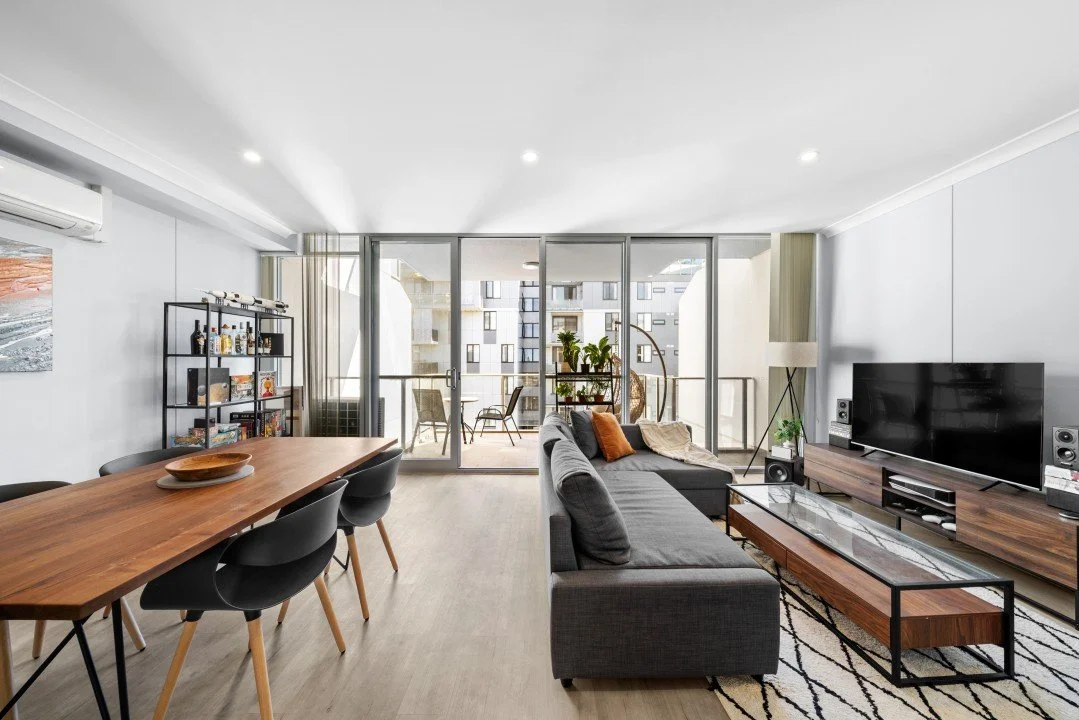Inspiration or imitation? Home design in an online world
If you want to look inside perfectly-designed homes, there are more and more ways to than ever before, many delivered directly to your phone or social feed. But – from blogs and newsletters to Pinterest – when does inspiration become overload?
While it used to be that the cutting edge of design was reserved for the elite, often in far-away cities like Milan or New York, new design innovations are now a click away. Social media sites like Pinterest and Instagram compete with design websites like The Design Files and email newsletters like Houzz to be the first to update would-be renovators with new ideas, trends, and products. For someone renovating or designing a home, this is the golden age of inspiration.
When consumers look online for renovation advice, they’re four times more likely to use Pinterest than other social media sites. Speaking with Vogue, editor of The Design Files, Lucy Feagins, says “the shareable nature of the internet and social media means our stories reach far and wide.”"
But it’s how we use those stories for inspiration that really matters.
Australia’s renovation obsession is nothing new. But when paired with an overabundance of glossy images and spotless houses, there’s a real potential for overload, groupthink and overinflated expectations.
The not-so-good news
With so many possible options, one ironic side effect is that decisions can actually be harder to make. This phenomenon is known as ‘decision paralysis’. It’s the same indecision you feel when you open your Netflix feed, or try to plan a week’s meals. All that time spent pinning and subscribing now means a deeper, never-ending stream of perfect houses that start to seem unattainable.
“Remember, Pinterest isn’t reality. Yes, they’re real rooms – but how often are your rooms spotlessly clean, totally empty, and filled with a stylist’s artful objects?”
When one site becomes the inspiration for many homeowners, the effect can actually reduce creativity. So It’s no coincidence that clean, white-walled, organised spaces trend well on social media grids, and are becoming more prevalent in housing design.
Using Airbnb as a reference, culture writer Kyle Chayka calls this effect “air space”. When everyone is designing their space to look like the same, based on the same inspiration, the outcome is homogeny.
And, remember, Pinterest isn’t reality. Yes, they’re real rooms – but how often are your rooms spotlessly clean, totally empty, and filled with a stylist’s artful objects? The houses you see are often architecturally-designed, and may have far more room and flexibility.
When you can’t see houses in their day-to-day environment, you can’t foresee issues. Those polished concrete floors might be freezing in winter. Likewise, that open fireplace might get used twice a decade in Cairns. In fact, some architectural designs may not even conform to building regulations where you live.
Having a design that’s too personalised could also limit the resale value of your home. An extra bedroom might be the wiser choice than a butler’s pantry and walk-in wine cellar.
Pin with peace of mind
Treat Pinterest and the like as a source of inspiration, not a shopping list for your dream home. Analyse the images you collect. Look at them broadly. What jumps out? The space between furniture, the colour tones, the size of the rooms. You’ll start to realise what your own style and taste is. And if you do choose to use a designer or architect, you’ll be on the front foot – they can create a look for you, not just ‘repins’.
Secondly, leave your bubble and find ideas in the real world. Experts are experts for a reason, and they’ll know the market and the trends – probably better than any Pinterest addict. Some designs might fast be becoming passé, but designers will have a wealth of alternatives.
Architects might devise novel solutions to your particular space. Site analysis, budgeting, and convenience will all play a role. Taking a course, talking to friends who have recently renovated, or just going for a drive can all yield just as much fodder for your next project.
Remember, gathering inspiration is just that: inspiration. It’s the first step on a long journey, which will lead to a financial asset that will provide the perfect place for your needs in the short term, and somewhere that will grow in value in the long run.
Social Sharing
Disclaimer: This article is intended to provide general news and information only. While every care has been taken to ensure the accuracy of the information it contains, neither Loanscape nor its employees can be held liable for any inaccuracies, errors or omission. All information is current as at publication release and the publisher takes no responsibility for any factors that may change thereafter. Readers are advised to contact their financial adviser, broker or accountant before making any investment decisions and should not rely on this article as a substitute for professional advice.










Loanscape has today released its Borrowing Capacity Index for Q4/2024. It confirms the forecast trend that borrowing capacities of Australian individuals and families are recovering from their low levels which coincided with the last of the recent increases to borrowing rates initiated by the Reserve Bank of Australia.